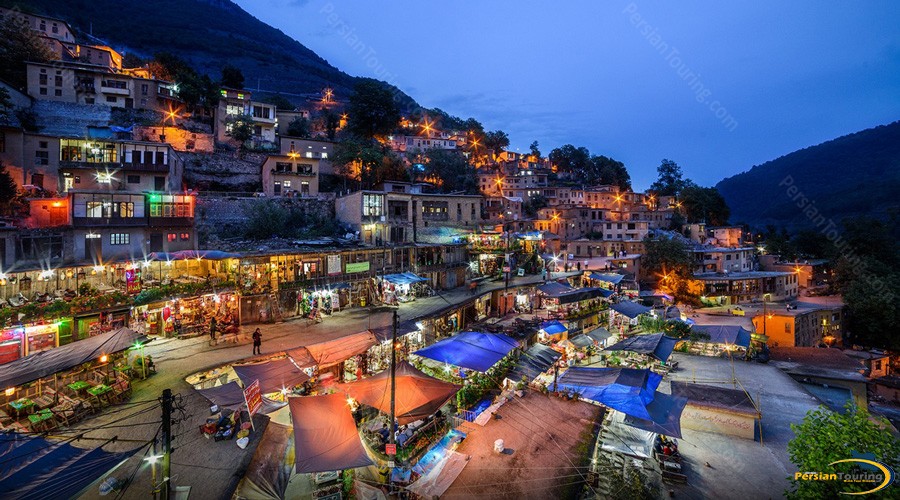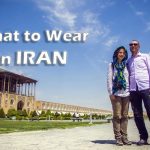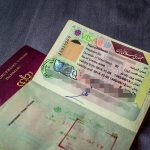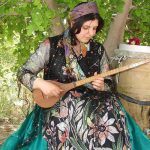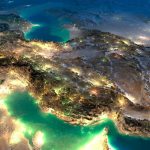The Gilani people or Gilaks are an Iranian people native to the northern Iran province of Gilan. Gilaks, along with the closely related Mazandarani people, comprise part of the Caspian people, who inhabit the southern and southwestern coastal regions of the Caspian Sea.
They speak the Gilaki language, which is closely related to Mazandarani. The Mazandarani people once called their language Geleki or Gilaki, but now call it Mazani or Mazandarani, from the name of their province
Gilani people live both alongside the Alborz mountains and in the surrounding plains. Consequentially, those living along the northern side of the Alborz mountains tend to raise livestock, while those living in the plains farm. Gilaks play an important role in the provincial and national economy, supplying a large portion of the region’s agricultural staples, such as rice, grains, tobacco, and tea. Other major industries include fishing and caviar exports, and the production of silk. In addition to agricultural activities, Gilaks also control other principal sectors of commerce of the province of Gilan such as tourism and share administrative and government positions with civil servants from other regions of Iran.
The Gilaki language is a member of the Northwestern branch of the Iranian languages. It is the main language spoken amongst the Gilaki people, although various regional and local dialects of the Gilaki language are common. Gilaks people are fluent in both the Gilaki dialect and standard Persian. Persian is the official language of education in Iran, and since teachers are discouraged from using regional dialects and accents in class, the Gilaki dialect is taught to children at home.
The Gilaki and Mazandarani languages (but not other Iranian languages) share certain typological features with Caucasian languages. However, with the growth of education and press, the differentiation between Gilaki and other Iranian dialects are likely to disappear. Gilaki is closely related to Mazandarani and the two dialects have similar vocabularies. These two dialects retain more than Persian does of the noun declension system that was characteristic of older-Iranian languages.

